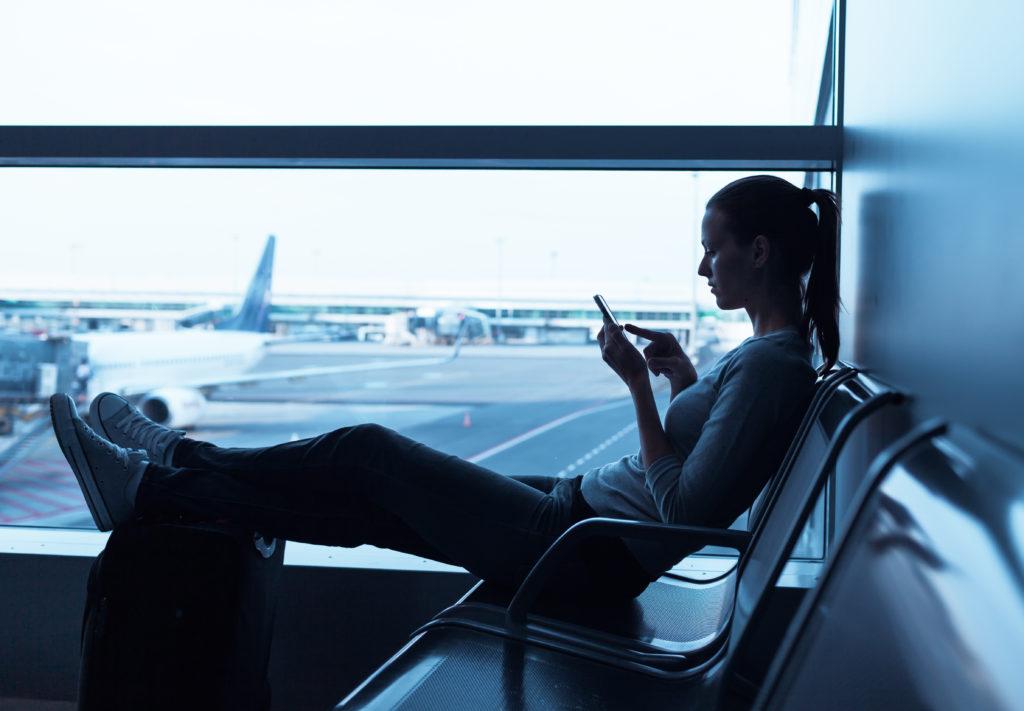When it comes to advertising, location really is everything. Using location data is shown to nearly double an ads effectiveness. That’s especially true with programmatic geofencing — the technology that lets you deliver ads to people based on where they are in real time. Whether you want to drive foot traffic, boost awareness, or capture customers on the move, choosing the right locations to advertise can make or break your campaign.
At Thumbvista, we’ve helped brands advertise of all sizes using geofencing to reach the right people in the right places — and we’ve learned that some spots simply perform better than others. Here’s a look at the best geographic locations to focus on when you advertise using your a geofencing strategy.
Why Location Matters So Much
Geofencing works by drawing a virtual boundary around a specific area. When someone with a mobile device enters that space, they become eligible to see your ad through programmatic display or video placements.
But success depends on more than just putting a pin on a map. You need to understand where your audience naturally goes — and what they’re thinking about when they’re there. Are they ready to shop? Waiting around? Comparing brands? The answers will help you pick high-intent zones that actually convert.
The Best Types of Locations for Geofencing
Let’s break down a few of the top-performing location categories we see at Thumbvista.
1. Shopping Centers and Retail Hubs

These areas are goldmines for geofencing because people are already in a buying mindset. Think large malls, outlet centers, or big-box retail parks.
Pro tip: Place your geofence around entrances and parking lots to catch shoppers as they arrive. Serve creative that’s time-sensitive — like “Flash Sale Today Only” — to nudge them toward your store.
2. Competitor Locations
This is one of our favorite strategies. Targeting your competitors’ physical locations lets you reach people while they’re shopping for exactly what you offer.
For example, an auto dealer could geofence nearby dealerships, or a dentist could target patients visiting other offices.
Pro tip: Keep the radius small to avoid waste, and use ads that give people a reason to switch (“Get a free consultation today!”).
3. Event Venues

Sporting events, concerts, and trade shows bring thousands of people together with shared interests — and geofencing lets you be part of that moment.
Pro tip: Time your ads to go live before and after the event, when people are arriving or heading home. Then use retargeting to keep your brand top of mind later.
4. Airports and Transit Hubs

Travelers have downtime and are glued to their phones. Perfect audience. Whether you’re promoting local attractions, restaurants, or rideshare services, airports, train stations, and large parking areas are ideal.
Pro tip: Tailor your messaging to travelers’ mindsets — “Welcome to Charlotte! Hungry? We’re just five minutes away.”
5. Lifestyle and Outdoor Destinations
For brands tied to leisure, wellness, or recreation, lifestyle-based locations are a must. Geofence golf courses, gyms, marinas, parks, or hiking trails where your ideal customers are already active.
Pro tip: Align your creative with the setting — “Ready for your next adventure? Grab 20% off outdoor gear today.”
How to Choose the Right Spots
Here’s a simple framework we use when building Thumbvista campaigns:
- Relevance: Does this location attract your ideal customer?
- Intent: Does being here signal that someone is ready to buy or engage?
- Dwell Time: Are people in the area long enough to actually see your message?
- Attribution: Can we track whether they visit your store or website afterward?
It’s not about geofencing everywhere — it’s about geofencing smart.
Real-World Wins
We’ve seen brands across industries succeed with the right location strategy:
- A retail chain boosted in-store visits by targeting shoppers at nearby malls during the holidays.
- A car dealer geofenced competitors and saw a measurable lift in test drives.
- An outdoor brand geofenced hiking trails and parks, driving both online traffic and local store sales.
Measuring What Matters
The beauty of programmatic geofencing is that it’s measurable. You’ll know:
- How many impressions were served within your fence.
- Who engaged with your ads.
- How many people physically visited your store afterward you advertise.
At Thumbvista, we combine foot-traffic attribution and online conversion tracking so you can clearly see ROI — not just clicks.
Final Thoughts
Programmatic geofencing is one of the smartest ways to reach real people in real places — but the magic happens when you choose those places with intent.
Whether it’s shoppers in a mall, fans at a concert, or travelers fresh off a flight, location targeting works best when it’s thoughtful, data-driven, and backed by a partner who knows how to make it perform.
Ready to draw your own digital fences?
Thumbvista can help you identify the best zones, launch your campaigns, and measure every result — all while keeping your strategy future-proof in a cookie-less world.
Contact Thumbvista to start your next location-based campaign today.

